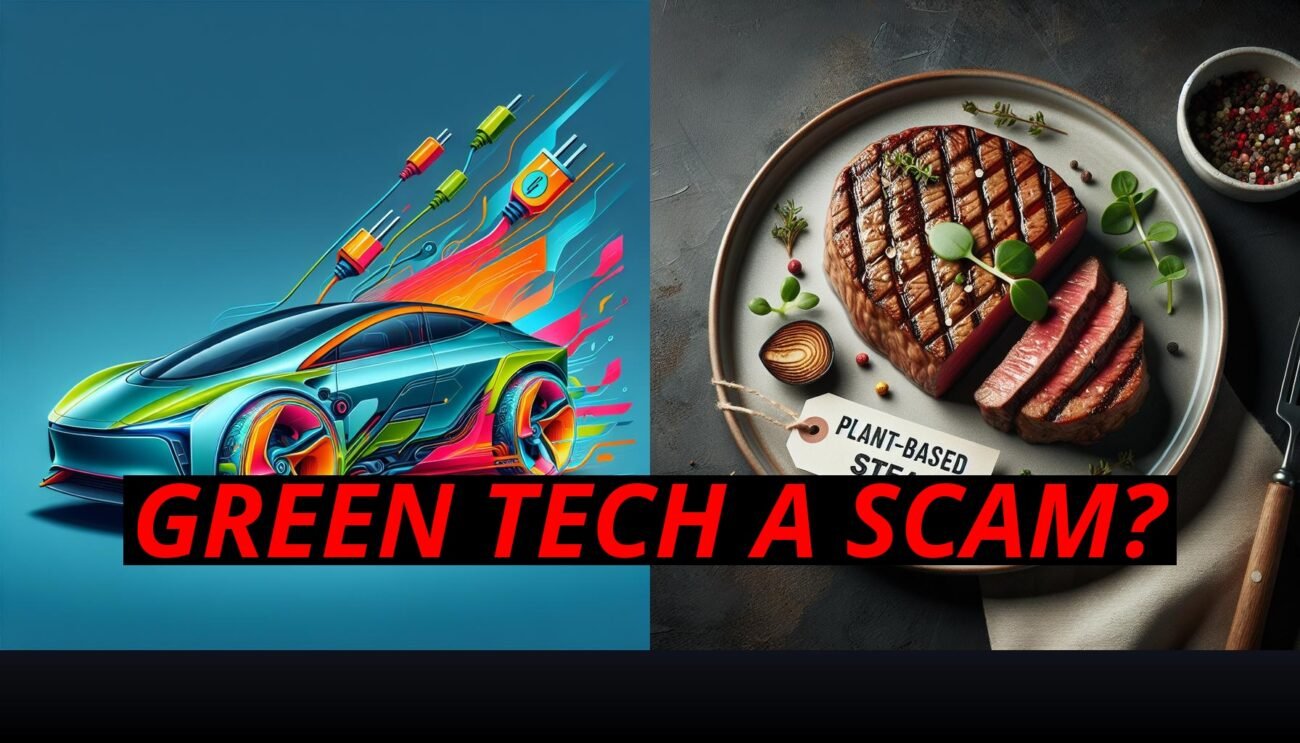The Cold Hard Truth About Battery Electric Buses In Winter
What if I told you that the high hopes placed on battery electric buses melt away when the cold weather hits? Imagine investing in a fleet of electric buses, only to find them stuck in parking lots during the winter while diesel buses carry the load. Today, we’re exploring why battery electric buses fail to perform in cold climates and why this makes them an impractical and costly choice for public transportation. Prepare to discover the cold hard truth about the limitations of electric buses in winter.
Reduced Efficiency In Cold Weather
Battery electric buses might seem like a promising solution for urban transportation, but their performance plummets when temperatures drop. Cold weather significantly reduces the efficiency of lithium-ion batteries, which power these buses. In frigid conditions, batteries lose their ability to hold a charge, drastically reducing the range of electric buses.
– Range Reduction: Routes that a battery bus could comfortably handle in warmer weather become impossible in the winter, leaving these vehicles stranded and ineffective.
Costly Redundancy
The implications of this are severe for cities that experience cold winters. To maintain reliable service, transit authorities must keep a fleet of diesel buses ready to go, even if they have invested heavily in electric buses. This redundancy is not only inefficient but also extremely costly.
– Dual Fleets: Cities end up paying for two fleets – one electric and one diesel – to ensure consistent service year-round. Essentially, you’re paying three times the price for the worst bus ever made, as the electric ones sit idle during the cold months.
Heating Challenges
The heating systems in battery electric buses pose an additional challenge. Heating the bus’s interior in cold weather requires a significant amount of energy, further draining the already struggling battery.
– Passenger Comfort: Passengers face reduced service and uncomfortable rides if the heating can’t keep up. Diesel buses, with their robust heating systems and unaffected fuel efficiency, continue to provide warm and reliable transportation regardless of the outside temperature.
Infrastructure Issues
The winter dilemma extends beyond just passenger comfort and operational range. The infrastructure required to support electric buses in cold climates adds another layer of complexity.
– Weatherproof Charging Stations: Charging stations need to be weatherproof and capable of operating efficiently in freezing conditions, which can drive up costs and maintenance needs.
– Extended Charging Times: Charging times are extended in cold weather, exacerbating the already significant downtime required to recharge electric buses.
Reliability Concerns
In extreme cases, battery electric buses may not start at all in very low temperatures. Lithium-ion batteries can freeze at sub-zero temperatures, rendering the bus completely inoperative until the battery warms up.
– Operational Reliability: This unreliability in winter conditions makes it clear that electric buses are not a one-size-fits-all solution and raises serious questions about their practicality in regions with harsh winters.
Conclusion
Battery electric buses face significant performance issues in cold weather, making them an unreliable and costly choice for public transportation in winter climates. The need for dual fleets, increased infrastructure costs, and operational inefficiencies undermine the potential benefits of electric buses. Cities would be better served by investing in reliable diesel buses that can operate efficiently year-round, rather than betting on electric buses that fall short when temperatures drop.
What do you think about the feasibility of battery electric buses in cold climates? Have you experienced the challenges of electric buses in winter weather? Share your thoughts and experiences in the comments below. If you found this article insightful, share it with your friends and family. Let’s spread the word about the realities of electric buses in winter and advocate for more practical solutions in public transportation.













